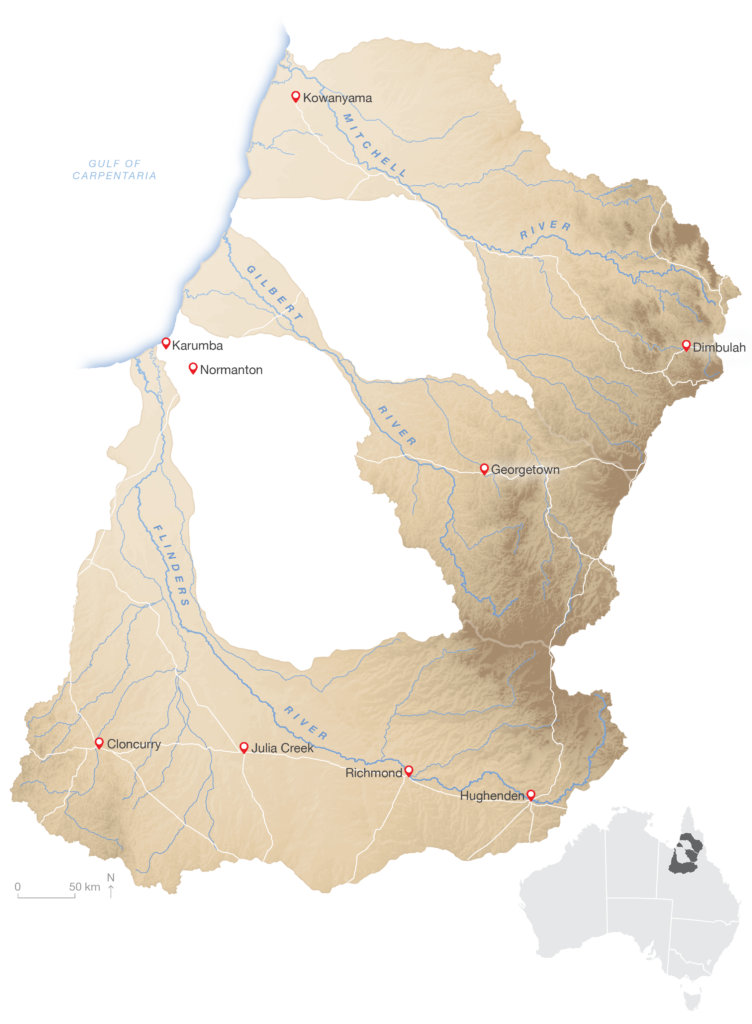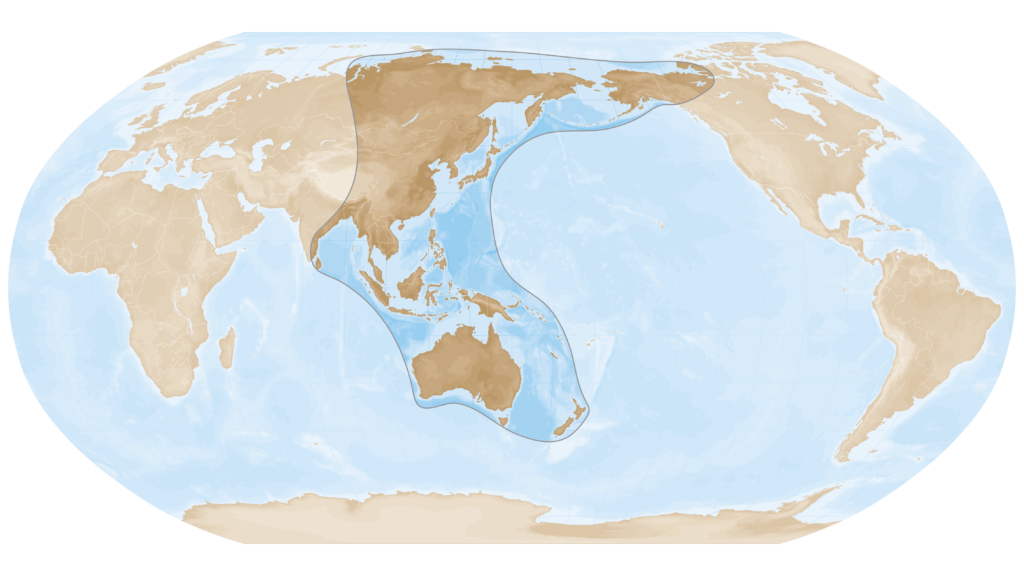8 September 2021
Migratory shorebirds travel thousands of kilometres, from as far away as Siberia, before arriving at sites in the southern Gulf of Carpentaria. Our research has shown that the shorebirds aren’t stopping in the Gulf just because it’s convenient – the area also provides a vital place to feed and recharge after their long migration and some stay here for the whole summer. From spring to autumn, shorebirds use the intertidal mudflats and sandflats for feeding on the invertebrates that live in these environments.
The intertidal flats of the Gulf of Carpentaria are a rich source of food for migratory shorebirds.
The Queensland Government has identified three river systems – the Flinders, Gilbert and Mitchell rivers in the south-eastern Gulf of Carpentaria region – where water extraction for irrigated agriculture is already occurring and is likely to increase. Future decisions about water allocation and management should include improved knowledge about the contribution of these river flows to the Gulf resources needed by iconic and threatened species such as migratory shorebirds. Safeguarding the availability of these resources will help to ensure Australia continues to meet its international obligations to protect migratory shorebirds that use the East Asian–Australasian Flyway, which connects Australia to the birds’ breeding grounds in Russia and Alaska.

This research took place in the Mitchell, Gilbert and Flinders rivers in the south-eastern Gulf of Carpentaria.

Each year, millions of shorebirds fly along the East Asian–Australasian Flyway which connects their breeding grounds in the northern hemisphere with their feeding grounds in the southern hemisphere summer.
Previously, we knew little about the numbers and species of shorebirds using the estuaries of these three rivers in the Gulf of Carpentaria, and the quantity and type of food they eat. Shorebirds probe the sediments of the sand and mud flats for food including worms and bivalve molluscs such as clams and pipis, collectively known as the macrobenthos. This project examined links between freshwater flows and the productivity of Gulf estuaries and coasts to understand how flows impact the food supply for migratory shorebirds in these environments.
The project characterised shorebirds and their food sources (quantity and type) in the south-eastern Gulf of Carpentaria by:
Key findings
Want to know more about the Resilient Landscapes Hub's activities and our research into practical solutions to environmental problems? Stay informed about activities, research, publications, events and more through the Hub newsletter.
"*" indicates required fields